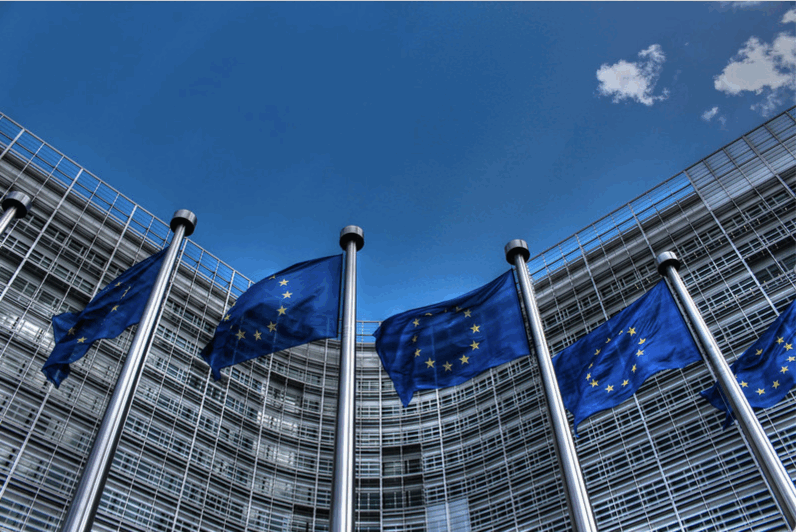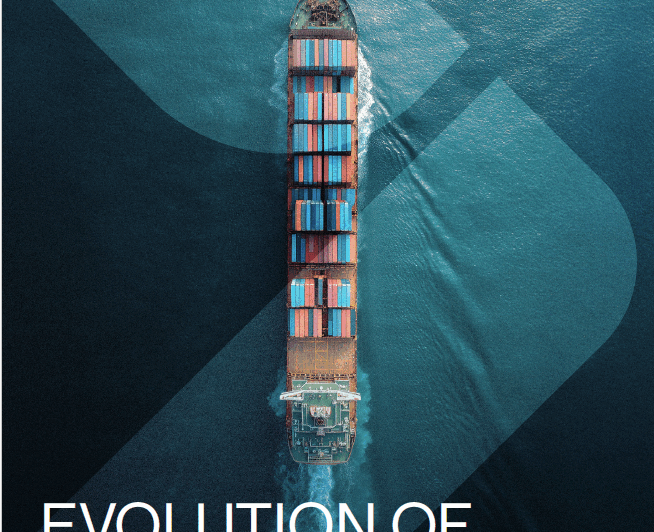IETA Welcomes European Commission’s Ambitious “Fit for 55” Package

14.07.21|Press Releases
BRUSSELS, 14 July – The European Commission on Wednesday published legislative proposals to strengthen its climate policies in line with the bloc’s new 2030 emissions target.
The “Fit for 55” package contains draft legislation to reform the EU Emissions Trading System as well as 11 other decisions and directives, including measures covering non-ETS sectors, energy efficiency, renewable energy, land-use, methane emissions, emissions standards for transport and energy taxation.
The package also proposes to set up a new emissions market covering fuel supply to the transport and buildings sectors, and a Carbon Border Adjustment Mechanism that would levy a tariff on the carbon content of imported raw materials.
The full package of legislation can be found here.
Under the EU ETS reform proposals, the overall cap on emissions would undergo a one-off “rebasing” in 2023, while a new linear reduction factor of 4.2% would be applied each year, in order to bring emissions into line with the bloc’s 2030 economy-wide reduction target of 55% below 1990 levels.
The Commission also proposes to bring the maritime sector within the scope of the EU ETS. Emissions from all intra-EU voyages would be covered, as well as 50% of emissions from voyages to or from ports outside the EU port that begin or end at an EU port, and any emissions created while berthed at EU ports.
The reforms represent an overall EU ETS reduction target of 61% by 2030.
“The fact that the European Commission has once again tasked the EU ETS to go beyond the basic EU target (61% compared to an EU-wide 55% target for 2030) shows that the ETS is truly the cornerstone for achieving its climate neutrality goal, thanks to the economic efficiency it delivers,” said Dirk Forrister, CEO at IETA.
A new, separate Emissions Trading System would be created to cover emissions from fuel supplies to the transportation and buildings sectors from 2025. This new market would be based on full auctioning of allowances, and would have its own Market Stability Reserve and cost containment measures.
“The expansion of Emissions Trading to new sectors is a positive development and ensures that a carbon price signal will be felt across a much broader section of Europe’s economy” said Adam Berman, European Policy Director at IETA.
The proposals also include the introduction of a Carbon Border Adjustment Mechanism (CBAM), which would require importers of certain raw materials to buy virtual certificates at the prevailing EU Allowance price.
“We see the CBAM as a tool to galvanise global climate ambition by encouraging the expansion of carbon pricing systems around the world,” Berman said. “But if the EU wants the CBAM to be effective as a tool of diplomacy, the objective must be to stop carbon leakage and encourage market linkages, and not simply to accrue revenues.”
The introduction of the CBAM would be accompanied by the gradual phasing out of free EU Allowances to European industrial installations.
Berman added that “the gradual phaseout of free EUAs for CBAM covered sectors would provide continuity and stability for industry and ensure that the European Green Deal can be a strategy for green growth, provided it can be implemented in line with World Trade Organisation rules.”


